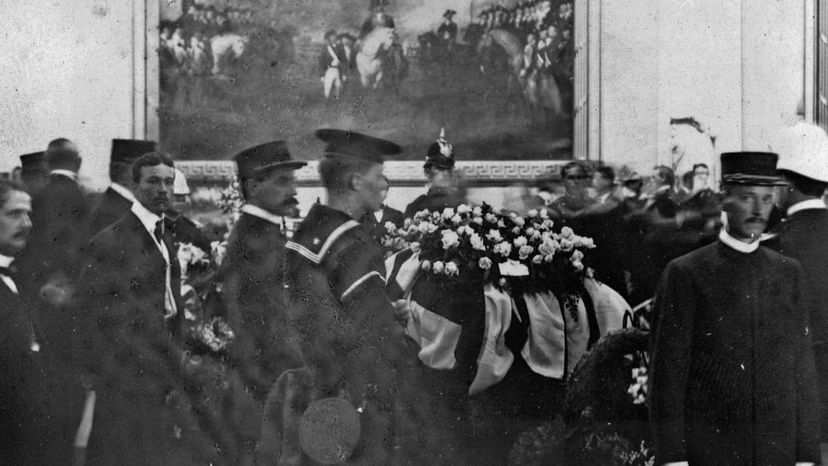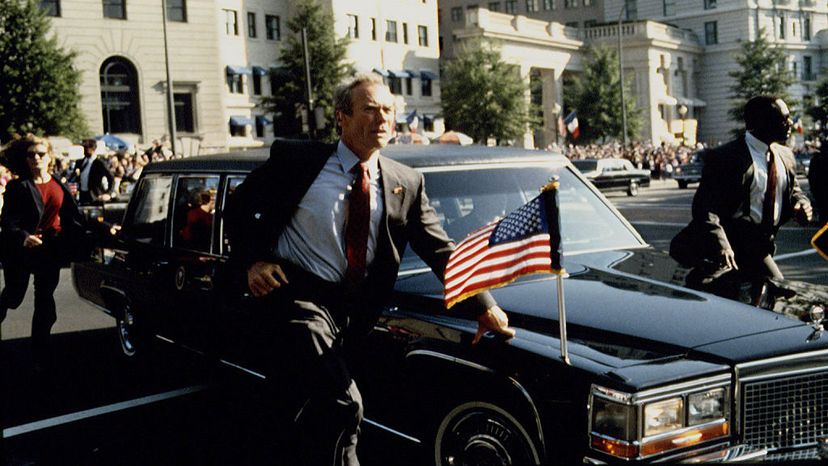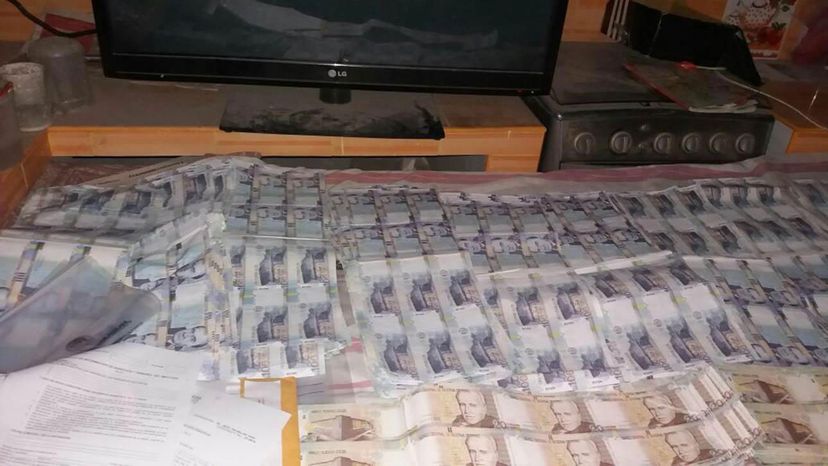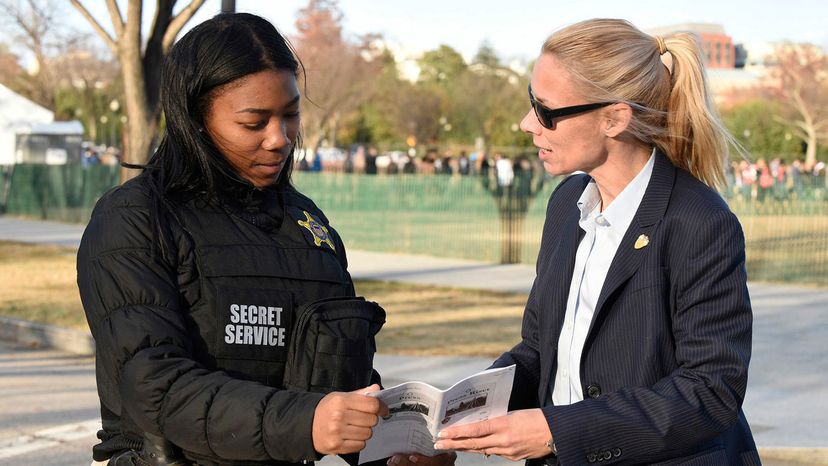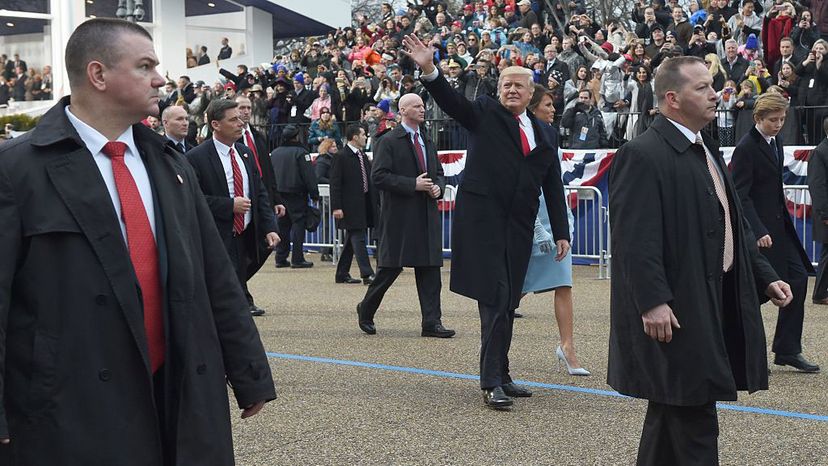
You've seen them in the movies and on TV. They're big, serious-looking guys clad in spiffy suits and ties perpetually clustered around the president, with shades shielding their eyes and earpieces with wires snaking across the backs of their necks.
This is certainly one snapshot of U.S. Secret Service agents at work. But it's not the only one. The other main job of Secret Service agents is to combat counterfeiting and money fraud. Presidential protection is, in some ways, a secondary function.
Advertisement
The Secret Service was created in 1865, at the close of the American Civil War. At that time, a massive amount of counterfeit American currency was circulating around the country. To help quash the problem, President Abraham Lincoln created the Secret Service as a division of the U.S. Treasury Department [source: United States Secret Service].
In 1894, its agents began informal protection of President Grover Cleveland. But then President William McKinley was assassinated in 1901, and Congress formally requested that the Secret Service protect all presidents. The first Secret Service White House Detail began in 1902, and consisted of just two men.
Fast forward to today, and some 6,500 people work for the Secret Service as special agents (3,200 employees), uniformed division officers (1,300), and administrative, professional and technical support personnel (2,000-plus) [source: United States Secret Service]. Women are eligible for all positions, and one woman, Julia Pierson, briefly led the agency as director, between 2013 and 2014. In April 2017, President Donald Trump selected Randolph "Tex" Alles as the agency's 25th director.
Although the agency has long been admired, recent scandals involving employee misconduct and security breaches have tarnished its reputation. In addition, employee morale is low. In a 2016 survey of federal employees working at 305 agencies, the Secret Service was rated last for employee satisfaction [source: Leonnig].
The agency's low morale may be traced, in part, to a heavy workload. Around the time of the survey, the Secret Service had 500 fewer employees than it was authorized to hire. Since then, the pace of hiring has risen; an additional 800 employees were added to the payroll in 2017, in part to deal with the travels of Trump to his many weekend homes, as well as the travels of his adult children and their spouses all over the world.
Advertisement
